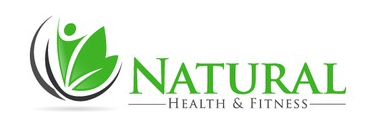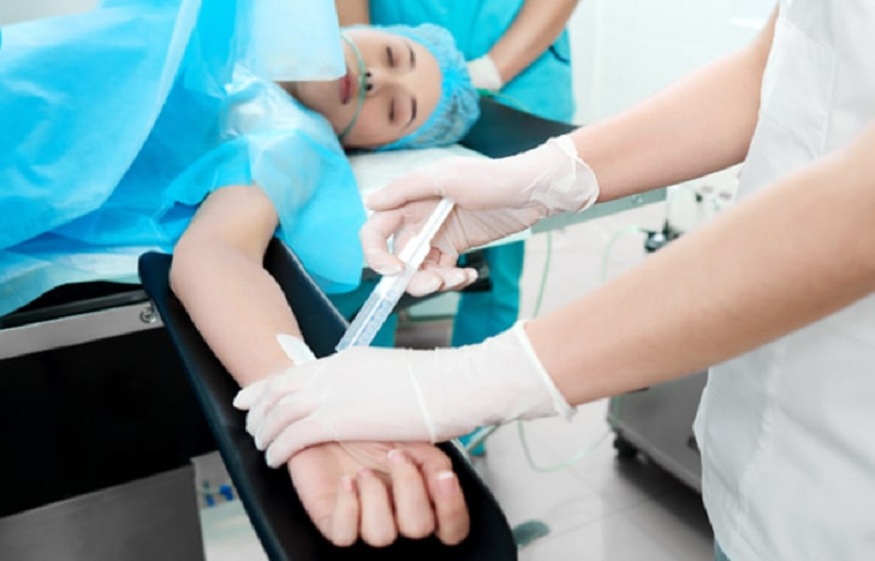What is anaesthesia, and what does an anesthesiologist do?
We can define anaesthesia as a “controlled” medical act in which drugs are used to make a patient sleep (“hypnosis”), analgesia (abolition of any painful stimulus) and muscle relaxation (absence of voluntary movement). Thanks to these three fundamental pillars of anaesthesia, surgery or a medical test can be performed without pain, memory or movement. Therefore, an Anesthesiologist is a medical specialist in Anesthesia, qualified and trained in anaesthetic drugs and trained in the care and special care of patients during surgical interventions.
The anesthesiologist’s role is to ensure your child doesn’t feel anything during surgery. While your child is anaesthetised, the responsible anesthesiologist will be with him throughout the surgery, monitoring her vital signs and putting all the necessary elements to perform the surgery safely.
How long does the child have to fast and why?
For any procedure performed under general anaesthesia, the stomach must be empty of food content. The drugs we use during anaesthesia to make the child sleep make him lose the ability to cough, in addition to other reflexes that protect the airway from the passage of stomach contents. Infants under one month old must fast for at least 3 hours before the intervention.
Children between 1 and 12 months must fast for 4 hours, being able to give them a clear liquid (mainly sugar water) in an amount determined by their anesthesiologist, based on their weight, up to 2 hours before the intervention. Finally, children over 12 months and adults must fast for 6 hours.
What anaesthesia will a child receive for heart surgery, and how is it performed?
All surgical interventions on the heart are performed under general anaesthesia. When the patient enters the operating room, the first thing we do is “monitor” their vital signs, using stickers (electrodes) that record the electrocardiogram on a monitor, a “pulse oximetry” sensor placed on a finger, which will serve to measure the “amount” of oxygen in the blood, and a blood pressure cuff that will measure the child’s blood pressure from time to time. All this is done with the patient awake, and the most important thing for parents is that it does not cause any pain. We call the set of these tools to measure the child’s vital signs “NON-invasive monitoring”. Anaesthetic gases administered through a mask placed on the patient’s face induce anaesthesia in infants and young children up to 12-13 years of age. In the case of young children, we ask them to breathe normally through the mask or to “blow” hard to inflate a “balloon”, a component of the anaesthesia machine or respirator. Once the child has fallen asleep, we proceed to channel an intravenous line to administer other drugs. At the moment that the child falls asleep with the anaesthetic gas, he is no longer aware of anything that is going to happen next. Therefore he neither feels pain nor will he remember the “prick” of the peripheral venous line. In adults and older children, we can directly apply anaesthesia through the channelled peripheral route with awake patients, as long as it does not involve a stressful situation. If this is not the case, we can proceed precisely the same as with small children, that is, making them breathe anaesthetic gases through the face mask and pricking them while they are asleep. Subsequently, other drugs are administered intravenously to deepen this “sleep” and provide analgesia and muscle relaxation to perform the orotracheal intubation manoeuvre under favourable conditions, which we call more colloquially “intubation”. Once the patient is intubated, we will connect the orotracheal tube to a respirator or anaesthesia machine that will provide a mixture of anaesthetic gases (so that he remains asleep) together with oxygen and air since the child will not be able to breathe on his own. In all cardiac surgery procedures, it is necessary, in addition to the Non-invasive monitoring mentioned above, to measure other more specific vital parameters such as Invasive Arterial Pressure (IAP) and Central Venous Pressure or CVP.
To measure blood pressure at each heartbeat, we must insert a catheter into a patient’s artery, mainly the radial artery or the femoral artery. In addition, through this catheter, we will obtain blood samples for analysis and see, for example, the state of the oxygen or haemoglobin levels in the blood. To measure the central venous pressure, we have to place a catheter in a “large” vein of the
body, usually the jugular vein or the femoral vein. Through this catheter, we can also infuse the patient with serum, blood products and drugs. Once the two arterial and venous catheters are in place and working correctly, we catheterise the patient’s bladder to count the amount of urine, and we can start the surgery. This can take about an hour from when the patient enters the operating room.
What risk does anaesthesia have?
In general terms, we can say that the risk of anaesthesia is directly associated with the child’s cardiac pathology and its preoperative state, which is why it is essential to know the child’s state before entering the operating room. Complications after “open heart” cardiac surgery are rare and are estimated to be between 1 and 3% of cases. At present, and thanks to modern monitoring equipment, new anaesthetic drugs, and the sub-specialisation of professionals dedicated to Pediatric cardiac anaesthesia, the risk of general anaesthesia is frankly low.
The child is due for open heart surgery. What does that mean? Should they give him blood?
Well, for the surgeon to be able to repair the heart from the inside, it must be empty of blood and without beating; otherwise, it would not be possible to work on it. To empty it of blood, the surgeon uses cannulas that he places in the blood vessels that enter and leave the heart. Through these cannulas, the blood is diverted to a machine that performs the function of the heart and lung. It provides the blood with the necessary oxygen and reinjects it into the body, giving it the required pressure to reach all the organs. For the heart to stop beating, a special serum is injected “only” into the heart, and in this way, it contains in a few seconds. In babies and children up to 20-25 kg, depending on the type of intervention, those cannulas that the surgeon places to drain the blood must also be filled with blood. That is why it is mandatory to “transfuse” to fill the cannulas circuit of the extracorporeal machine and thus prevent the child’s blood from being greatly diluted when entering the engine. Once the operation is over, we refill the heart with blood and it “alone” begins to beat, also helped by other medications that we infuse through the “big” line we channelled before starting the intervention.
How long will you be asleep in the pediatric ICU?
It will depend on the type of intervention performed, the child’s cardiac pathology and how the heart is after the repair. For minor procedures, children with simple heart defects that have been successfully repaired may be asleep for a few hours. For more complex interventions, we usually wait a few days to wake them up, but in any case, it will depend on the evolution of the little one. At that time, our fellow pediatric intensivists will inform you of your child’s progress and when is the best time to wake him up.
My son has to undergo a “closed” heart operation. Is anaesthesia also general?
In closed-heart interventions, anaesthesia is also general, and the procedure is the same for invasive and non-invasive monitoring.
The child has to undergo cardiac catheterisation. In this case, how do you proceed with anaesthesia?
Some heart defects can be repaired without surgery by inserting catheters into the heart through peripheral arteries or veins. Thanks to these catheters, we can upload a device to the heart to close, for example, an atrial septal defect or a patent ductus arteriosus. Therapeutic catheterisations require general anaesthesia in young children; however, in most cases, we avoid “intubating” the patient thanks to a device called a laryngeal mask, which is placed above the larynx and allows us to ventilate the patient without the need to perform the intubation manoeuvre. We usually use non-invasive monitoring (electrocardiogram, pulse oximetry and blood pressure measurement with a pressure cuff). When the procedure ends,

